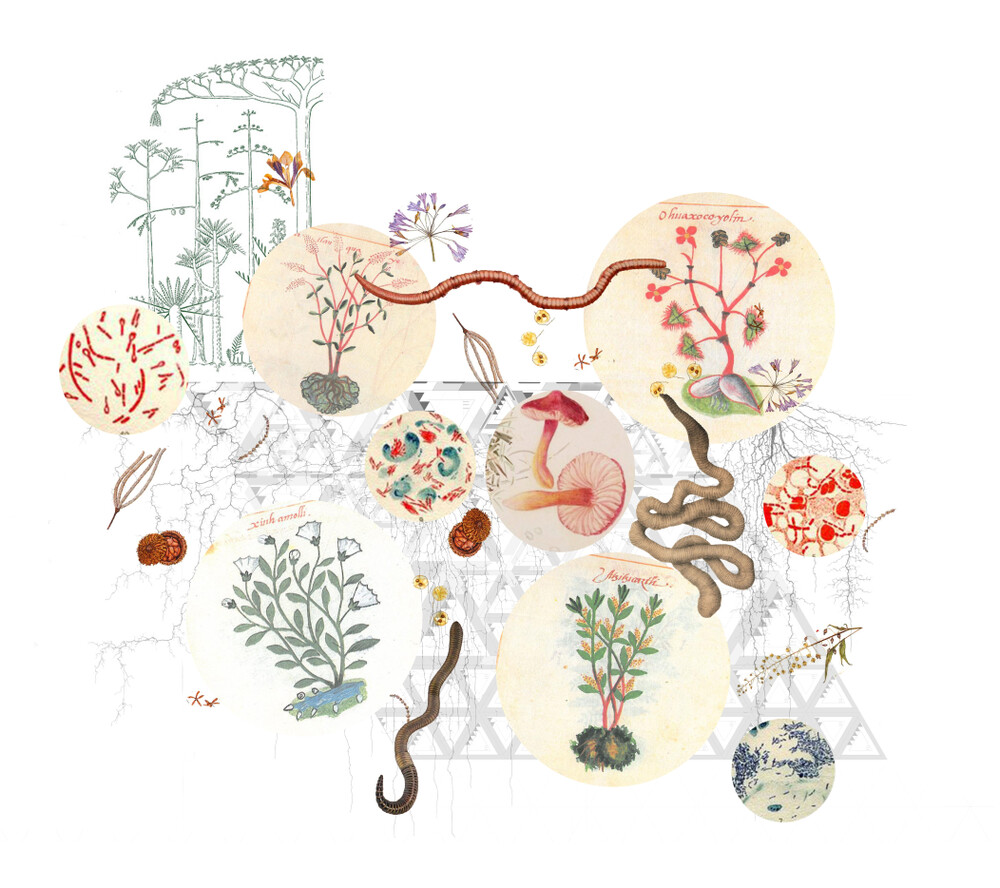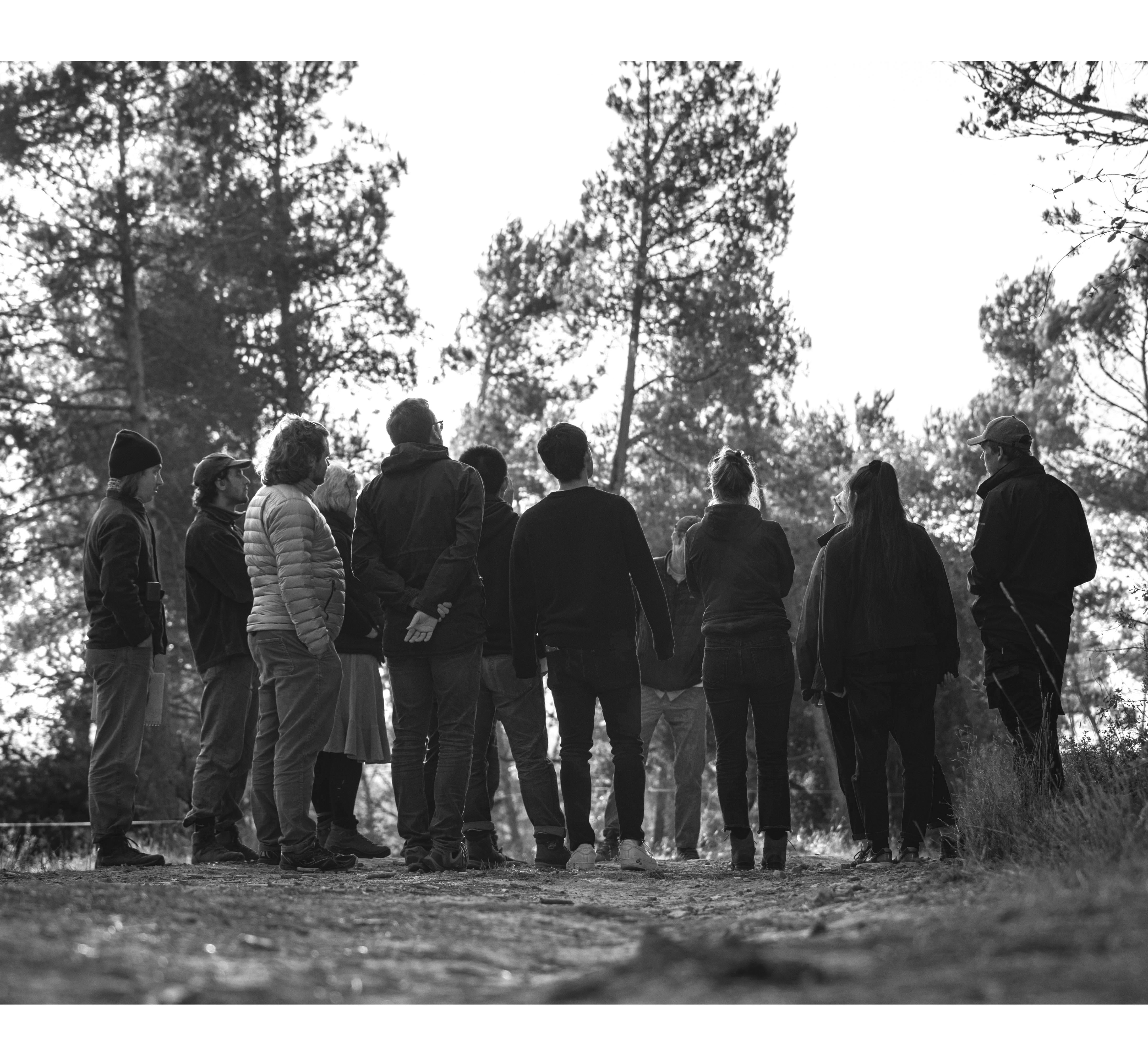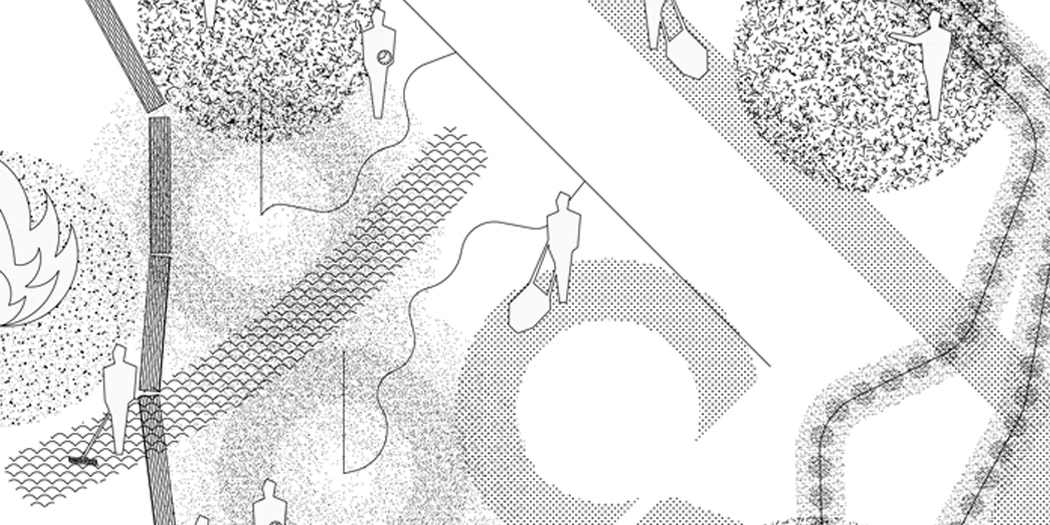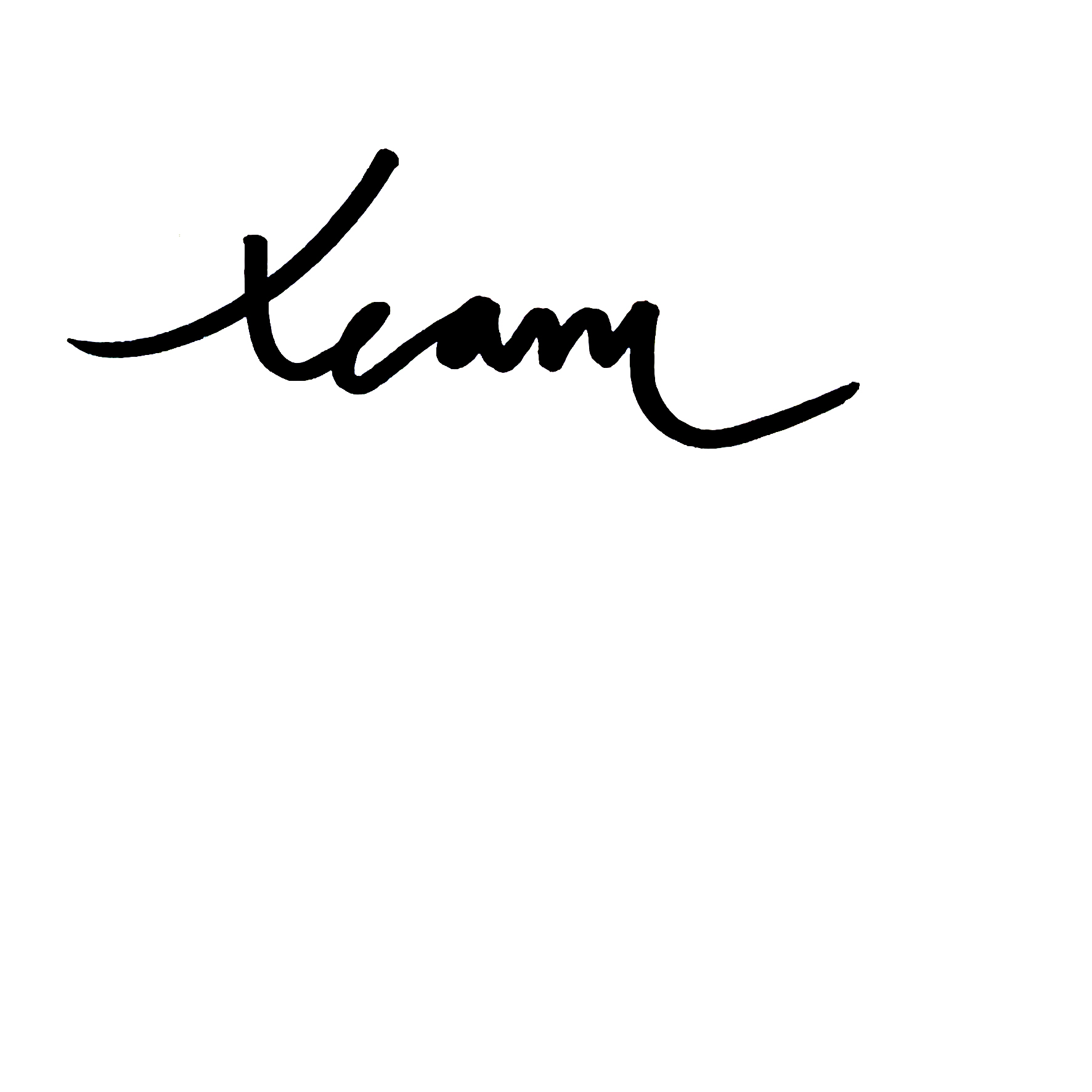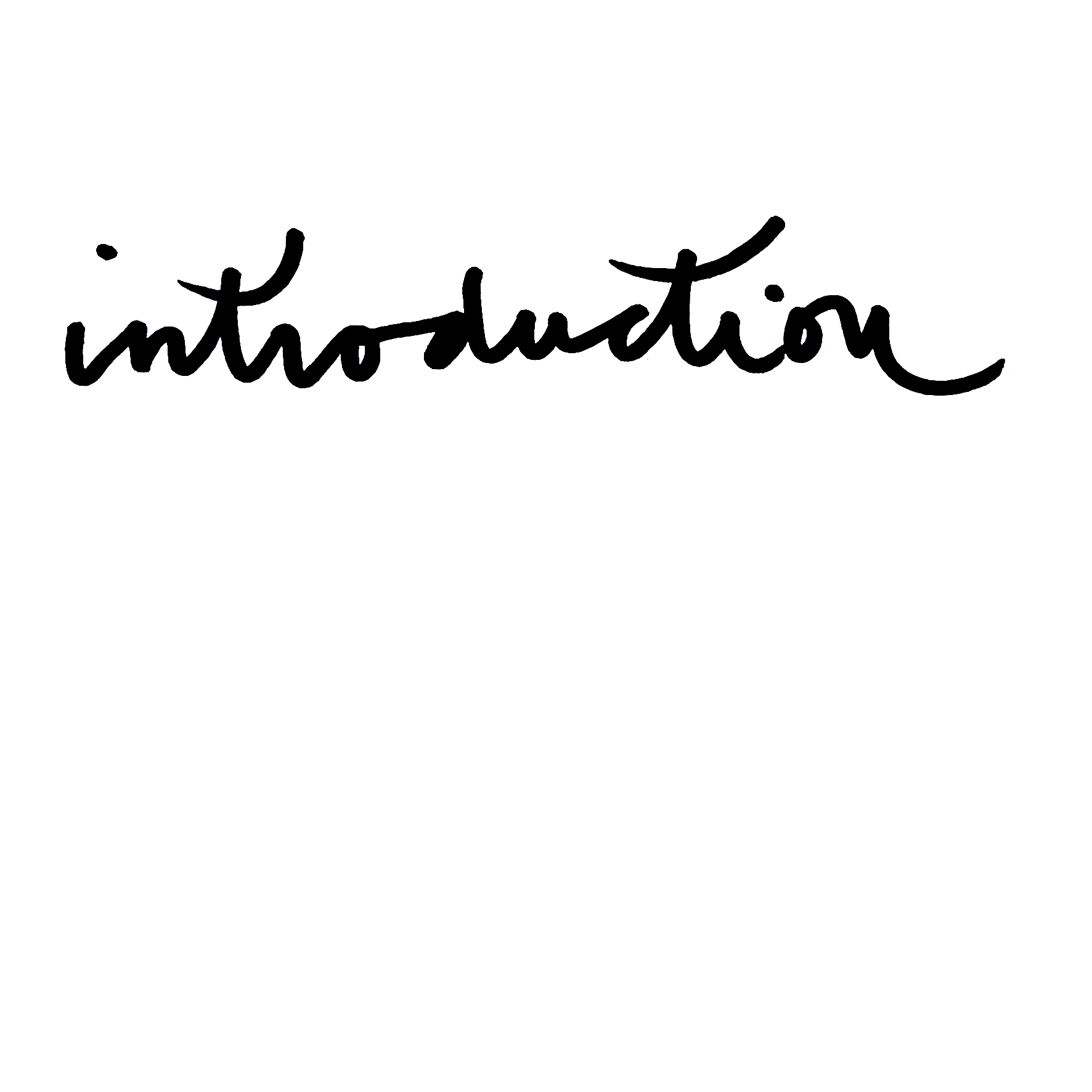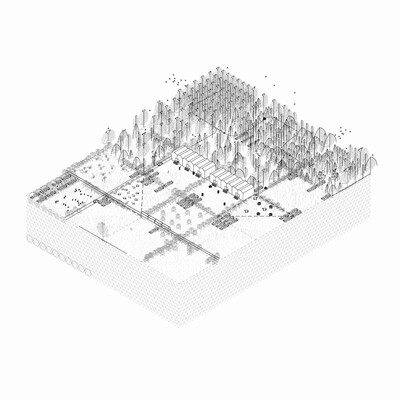
The Garden of the XXI Century
An Invitation
The Chair of Being Alive invites you to join us in discovering the Garden of the XXI Century.
What is the garden?
The Garden is the possibility for transformation that is latent in all places, because each place has a potential to become more alive. The form of the transformation is specific to each place—to its unique climate, history, geology.
The Garden is a system of interventions and practices that happen over time, in relationship with nonhuman actors. By integrating living systems and other creatures, the design of the Garden requires incorporating their timescales, cycles, and relationships.
The Garden is in conversation with the systems in which they are embedded. Each project is supported by its territorial context, relying on climate and geology as the primary material of landscape.
Recovering lost assemblages and discovering new ones, the Garden is a collaboration between plants, soil, organisms, climate, geology, and gardener. The Garden constantly asks; what does this relationship look like in the XXI century?
The Garden of the XXI century returns life to the soil. A vibrant, living soil that supports and is supported by a diversity of organisms: bacteria, insects, animals and plants; and connects the substrate (geology) with the atmosphere through a constant exchange of nutrients and organic matter facilitated by life and decay.
Lastly, the Garden is a celebration of new ways of living together among us humans, and between humans and other living things. In this new assembly, more inclusive and complex associations will be possible which will allow how we want to be human on the planet we live on.
A Challenge
The garden responds to the challenges of our moment, where extractive attitudes toward the nonhuman world lead to out-of-control crises of inequality and climate change.
We are taught to see the living world as composed of individuals; individual organisms that can be classified and known, species with distinct functions and taxonomies. We are obsessed with fixing, classifying, and categorizing. The Garden of the XXI century tries to reassemble the pieces of a world that was deconstructed in order to be explained and controlled. We begin by remembering that the soil, plants, animals, etc of each location are an interlinked entity; evolving together, taking and returning energy, nutrients and matter.
The Garden is an act of resistance against forces of homogenization through its infinite variability—its sensitivity to subtle changes in its environment and the way in which it is transformed by its inhabitants.
You cannot buy the garden; it will not arrive on your doorstep. Its potential is already there, but can only appear with the inputs of time, care, and energy.
A Shared Vision
The garden is part of a global movement that is using various methods to regenerate the soil. We are building on, but critical of, the loose movement grouped under the umbrella of regenerative agriculture.
Combining different sources of information: farmers, scientists and traditional knowledge.
There is not a single answer that can be applied universally. In each place a different response is required. But each answer works for more life and interconnections, sees the soil as an essential part of the garden and recognizes the animate world as linked and evolving together
We are not alone.
A Methodology
Collaborative: The gardeners of the XXI century cannot work alone. Collective intelligence is required because the Garden is too complex.
Specific: We observe specific situations and respond.
For the 21st century gardener, a tree is a specific tree, rooted in a specific substrate, associated with other specific organisms, in a specific climate, and that is why each tree has a different answer.
Through this process of observing and responding, we learn. We measure and then share our work, and in doing so we contribute to an ongoing dialogue.
Simple: Our approach is simple (minimal). We direct and concentrate the energies and flows that are already present on site (water, organic material, nutrients) in order to stimulate life in the soil/plant/animal assemblage. This means both an intensification of existing forces and an introduction of new elements (fences, new species, etc).
We direct movement of humans and other animals to control the disturbance and the inputs of energy and nutrients.
Not about BUILDING anew, but of working WITH the systems and exchanges surrounding us, and concentrating them to generate, encourage life.
Our tools are old, and to-be-discovered.

